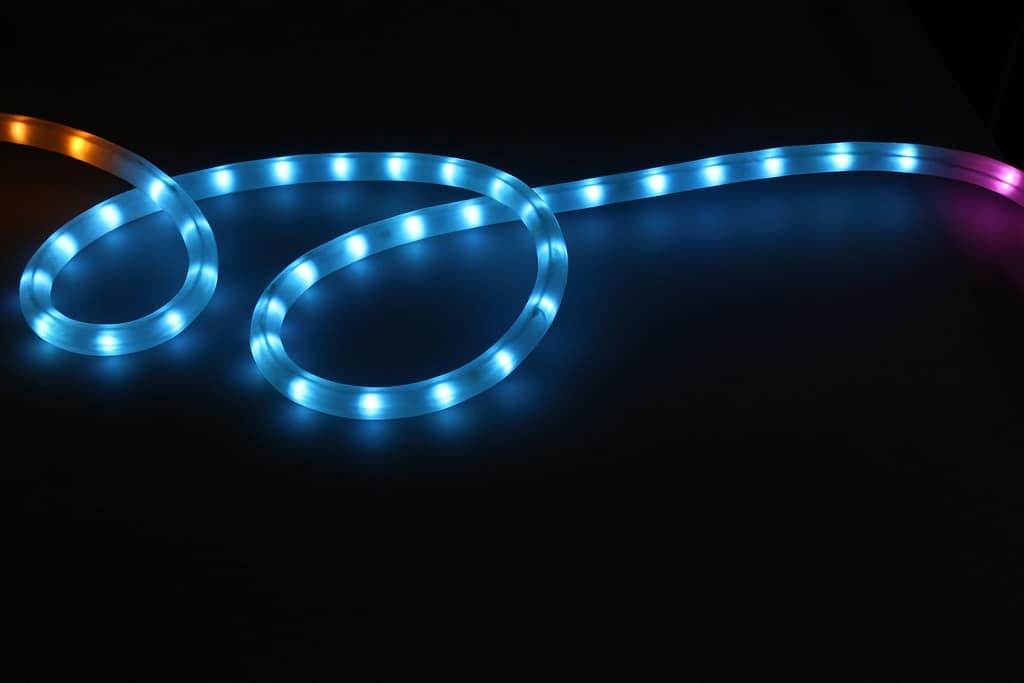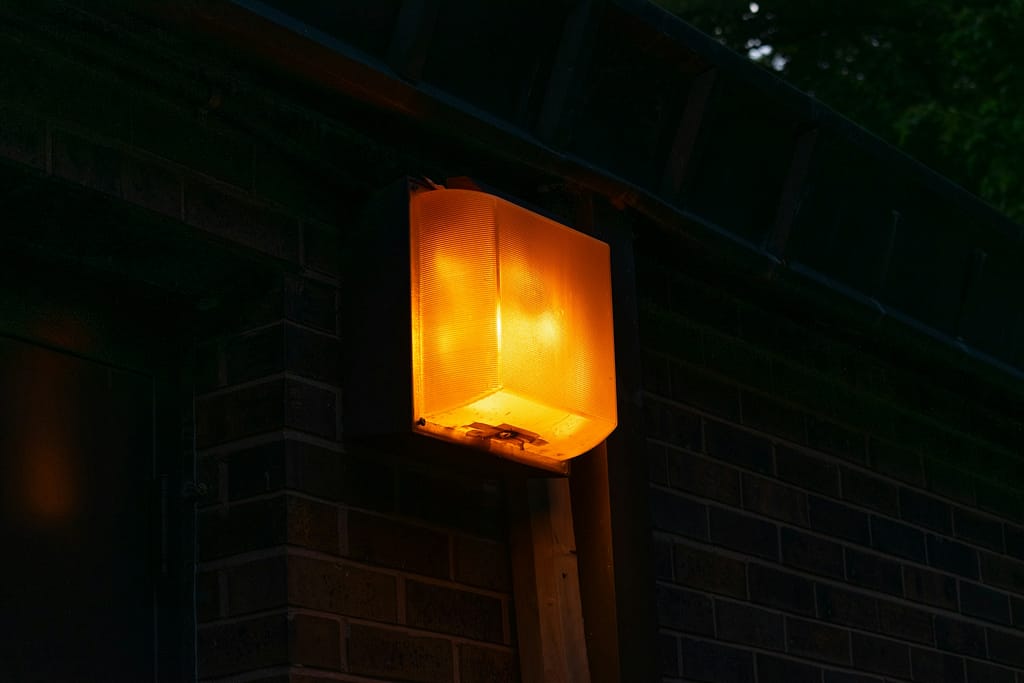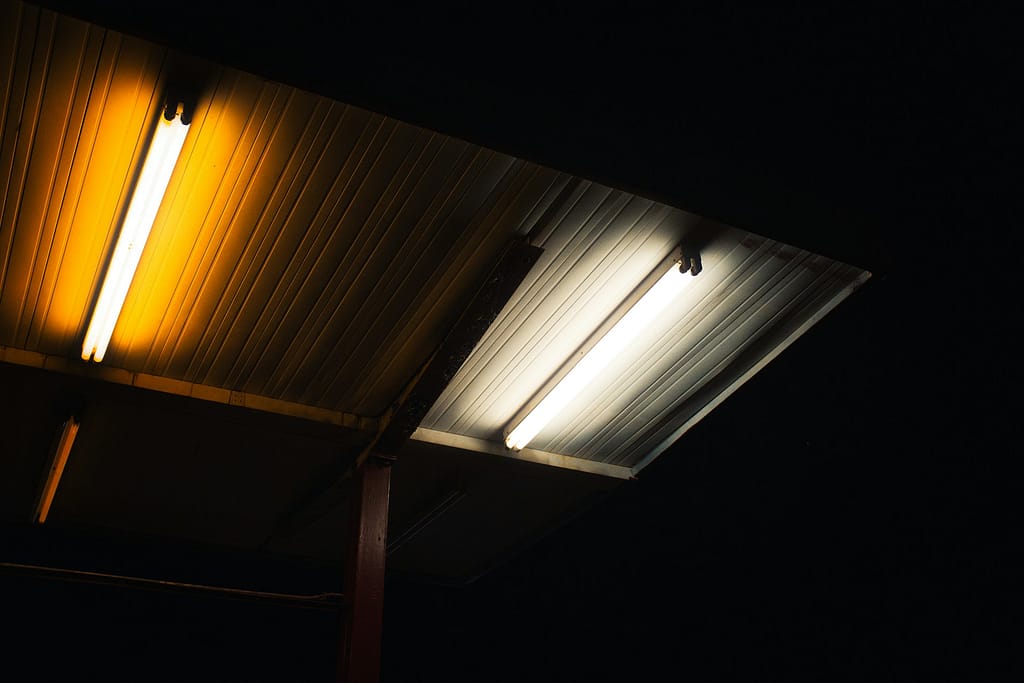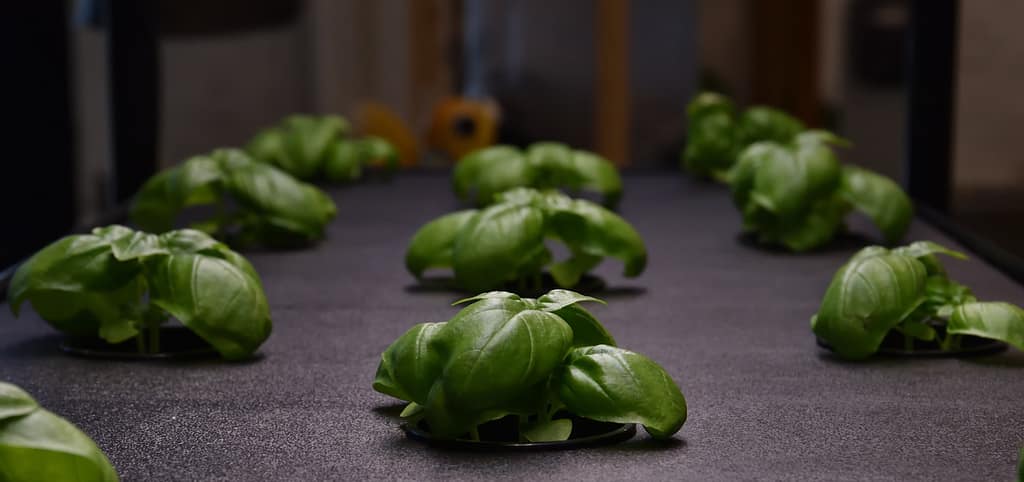Sunlight: the golden rule for plant growth, right? What if you could bend the rules, transforming once-dim spaces into beautiful gardens? What if you could extend the growing season indefinitely? Is it even possible? Can plants survive on artificial lighting, for instance?
The truth is that indoor gardening is full of possibilities – and natural light is not the only way to cultivate beautiful plants. Prepare to have your assumptions challenged as we answer the previous question in a thorough guide, citing real-case scenarios to inspire your next endeavors.
Shall we begin?
Can plants survive on artificial lighting?

Yes, plants can survive on artificial lighting!
The secret lies in understanding that plants use light for photosynthesis, the process by which they convert light energy into chemical energy to fuel their growth. When properly selected and applied, artificial light can provide the necessary energy for this process.
Here’s something interesting: artificial lighting can also extend the growing season, allowing you to cultivate your favorite plants year-round, regardless of the weather outside. Don’t let a cloudy day or limited window space hold you back!
By the way, it’s important to choose the right type of artificial light, providing the appropriate intensity and duration to meet the specific needs of your plants. In fact, some plants actually prefer artificial light to direct sunlight, which can sometimes be too intense and even damaging.
Today’s artificial lights offer efficiency, customization, and power that can rival (and sometimes surpass) natural sunlight. Let’s briefly talk about the best choices for your green companions:
LED lights

Light-emitting diodes (LEDs) are revolutionizing indoor gardening and quickly becoming the preferred choice for many growers. Its fame and popularity come down to the following:
- Energy efficiency: LEDs are incredibly energy-efficient, converting a high percentage of electricity into light, minimizing wasted energy, and lowering your electricity bill;
- Long lifespan: LED bulbs boast an exceptionally long lifespan, often lasting for tens of thousands of hours. This translates to fewer replacements and reduced maintenance costs;
- Customizable spectrum: one of the biggest advantages of LEDs is their customizable spectrum. You can choose LED lights that emit specific wavelengths of light optimized for different stages of plant growth. For example, blue light, once thought impossible to create through LEDs, promotes vegetative growth, while red light encourages flowering and fruiting;
- Low heat output: these diodes produce very little heat, reducing the risk of burning your plants and simplifying climate control in your indoor garden.
HID lamps

High-intensity discharge (HID) lamps are a long-standing choice for indoor growing and are known for their powerful light output. While they consume more energy than LEDs, they can be cost-effective for larger grows. Here are a few common types:
- Metal Halide (MH): MH lamps emit a blue-rich light, ideal for the vegetative stage of plant growth, promoting strong stems and lush foliage;
- Ceramic Metal Halide (CMH): CMH lamps offer a broader spectrum of light than traditional MH lamps, providing a more balanced light source for all stages of plant growth;
- High-Pressure Sodium (HPS): HPS lamps emit a red-rich light, best suited for the flowering and fruiting stages of plant growth;
- Conversion bulbs: designed to work with existing HID ballasts, they let you switch between MH and HPS lamps to optimize the light spectrum for different stages of growth.
Fluorescent lights

Fluorescent lights, including both compact fluorescent lamps (CFLs) and fluorescent tubes, are still a viable and affordable option, especially for smaller indoor gardens, starting seedlings, and specific applications.
While they may not be as energy-efficient as LEDs, they offer a good balance of cost and performance. They’re particularly well-suited for leafy greens and other plants that don’t require intense light.
Setting up your artificial lighting system
Once you’ve chosen the right type of artificial light for plants, it’s time to set up your system. Here are some key considerations:
- Light intensity: different plants have different light requirements. Low-light plants, such as snake plants and ZZ plants, can thrive with relatively low light intensity, while high-light plants, such as flowering plants, need more intense light. You can use a light meter to measure the light intensity in your indoor garden.
- Light duration: different plants have different photoperiod requirements. Short-day plants, such as chrysanthemums, flower when the days are short and the nights are long. Long-day plants, such as spinach, flower when the days are long and the nights are short. Most plants thrive with a photoperiod of 12-16 hours of light per day;
- Light distance: if the lights are too close, they can burn the plants. If they are too far away, the plants may not get enough light. As a general rule, start with the lights about 12 inches away from the plants and adjust as needed;
- Timers: they can automate your lighting schedule and are a great way to ensure that your plants get the right amount each day. You can set the timer to turn the lights on and off at specific times, providing your plants with a consistent photoperiod;
- Reflectors: they can be used to maximize the efficiency of your lights. They reflect light back onto the plants, increasing the light intensity and reducing waste. You can purchase reflectors specifically designed for grow lights, or you can use a simple sheet of aluminum foil;
- Ventilation: essential for preventing overheating in your indoor garden. Artificial lights can generate heat, which can damage plants. Make sure that your indoor garden is well-ventilated to prevent heat buildup;

Also, it’s important to keep an eye out for common pitfalls like overwatering, underwatering, and pests as these can derail even the most carefully planned artificial lighting system. Regularly inspect your plants for signs of pests or disease and take action promptly to address any issues.
Smart technology for smart growth
Sensors and microcontrollers, such as Arduino and Raspberry Pi, can monitor light intensity, temperature, humidity, and soil moisture. On the other hand, IoT platforms let you monitor and control your indoor garden remotely, receiving alerts when environmental conditions deviate from optimal levels.
With Datanet IoT’s advanced sensors, it’s effortless to monitor and manage light intensity, temperature, humidity, soil moisture, water quality, and other essential variables in your indoor garden!
Easiest plants for indoor growing under artificial lighting

With the right artificial lighting system, you can grow a wide variety of plants indoors. Here are some of the easiest and most rewarding options:
- Leafy greens: lettuce, spinach, kale, and similar plants are easy to grow and thrive under fluorescent lights. Choose varieties that are specifically bred for indoor growing;
- Herbs: basil, mint, parsley, chives, and other herbs can be grown under a variety of artificial lights;
- Seedlings: starting seeds indoors under artificial lights is a great way to get a head start on the growing season;
- Low-light houseplants: snake plants, ZZ plants, pothos, and other low-light houseplants are ideal for growing under artificial lights in areas with limited natural light;
- Flowering plants: African violets, orchids, and other flowering plants can be grown under artificial lights, but they require more intense light than leafy greens and herbs;
So, can plants survive on artificial lighting?
Yes – as you can see, plants can survive on artificial lighting. It’s all about understanding the basics of plant physiology, selecting the right equipment, and providing the appropriate environmental conditions.
Oh, and plants grown under artificial lights aren’t necessarily uglier or less healthy. Sometimes, the right artificial light can actually benefit plant growth and appearance, providing the perfect spectrum and intensity for optimal photosynthesis.
With a little knowledge and effort, you can create a thriving indoor garden that brings beauty and joy to your home, regardless of the amount of natural light available!

If you’re looking to take your indoor gardening experience to the next level or require robust solutions for monitoring a wide range of environmental variables, Datanet IoT can help. We provide advanced, reliable technology for tracking critical conditions across diverse applications.
Discover how our custom-tailored systems can provide you with real-time insights and control, ensuring optimal outcomes for your unique needs. Contact us at Datanet IoT today to discuss how we can help you achieve your goals with smart monitoring solutions!


